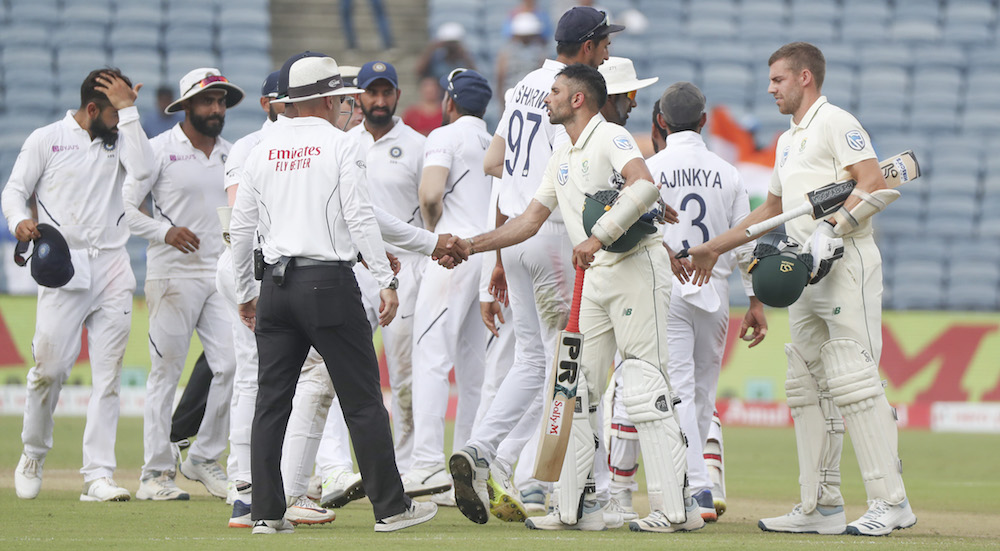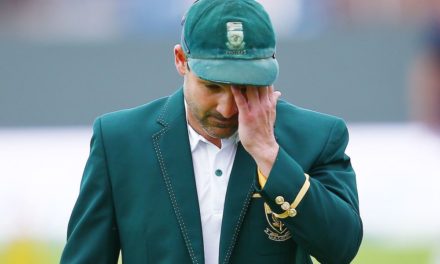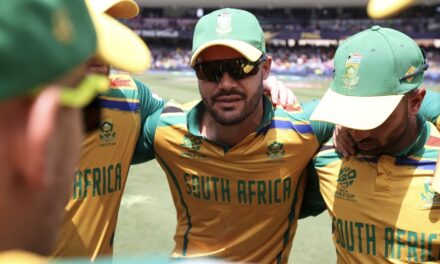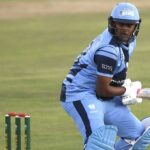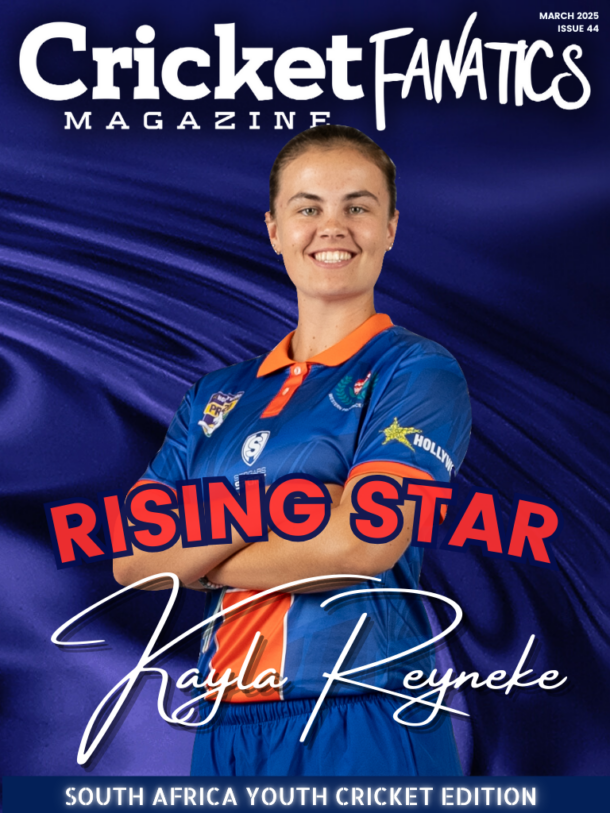South Africa and India have a special cricketing relationship that goes back 30 years, and a unique historic moment, which paved the way for the Proteas’ return from the international sporting wilderness, writes Alasdair Fraser.
November 10 1991 may seem an age for some but for many, it was just the other day. I remember it with great fondness as the TV pictures coming out from India showed a warm welcome fit for a king when South Africa arrived in the subcontinent for a historic first-ever visit.
The whirlwind tour to India was last minute and hastily arranged as Pakistan had been due to tour their bitter rivals. But as luck would have it, a new South Africa, slowly emerging from its dark Apartheid past, was thrust into the international arena.
The Proteas had never played a One Day International before, but its squad of seasoned veterans and a handful of promising youngsters were well versed in the white-ball format through the highly successful and ultra-competitive Benson & Hedges Night Series Cricket.
For Indian cricket fans, who are undoubtedly the most obsessed in the game, it was a peculiar fascination with the unknown. South Africa was a mystery team having been hidden away for 21 years. Apart from Australia, England, and New Zealand, the Proteas had never played any other Test nation.
The wide-eyed South Africans were given an unprecedented reception in Calcutta with fans lining up on the entire route from the airport to the team hotel. Clive Rice’s men were floored by the Indian tradition of welcoming them, which dictated that every guest is God himself.
Nothing prepared them for what that entailed. From the ‘Namaste’ with folded hands to getting their foreheads marked with a vermilion dot, the South Africans were enveloped in the warm embrace of Indian tradition – even being gifted a reception with Mother Theresa.
But it was the cauldron of Eden Gardens in Calcutta that christened South Africa’s return to the international fold. As Rice remarked that day, it was like taking mankind’s first steps on the moon. Over 100 000 Indian fans screamed their delight in welcoming South Africa.
Tuning in as the November sun had risen in South Africa was a surreal experience. Watching live international cricket, especially involving South Africa for the first time, while eating breakfast, was uncharted territory for my 11-year-old eyes.
The pictures of India and Eden Gardens was something I had never experienced. We had been accustomed to Newlands, St George’s or the Wanderers, yet here was a whole new world of cricket never seen on SABC television.
Although the Proteas lost, Allan Donald introduced himself to international cricket with a bang as he took five wickets for a miserly 29 runs and earned immortal status in the hearts of Indian fans. Both he and Sachin Tendulkar shared the man of the match award, and Donald became only the third ODI cricketer to claim a five-wicket haul on debut.
The crossing had happened.
South Africa had the talent to compete at the highest level and win. They just needed to shed their Test batting mindset when under pressure and accelerate their run rate. The Proteas bowling attack could match any side and once their batsmen were up to speed, they could beat the best.
That is what transpired in the third ODI, which was played under lights in Delhi. South Africa reached India’s high-scoring target with ease to record their historic maiden win that set up a strong showing at the 1992 Cricket World Cup in Australasia just months later.
Exactly a year later, India returned the favour with a tour to the Republic that ended 22 years of isolation since an international team had played a Test match in South Africa when Australia toured in 1969/70. Four Tests and seven ODIs took place in what was known as the Friendship Series.
Local fans were treated to an enthralling battle of cricket in the summer of 1992/93, which ignited the love of the game across all cultures and backgrounds and cemented a special bond between these two great cricketing nations.

